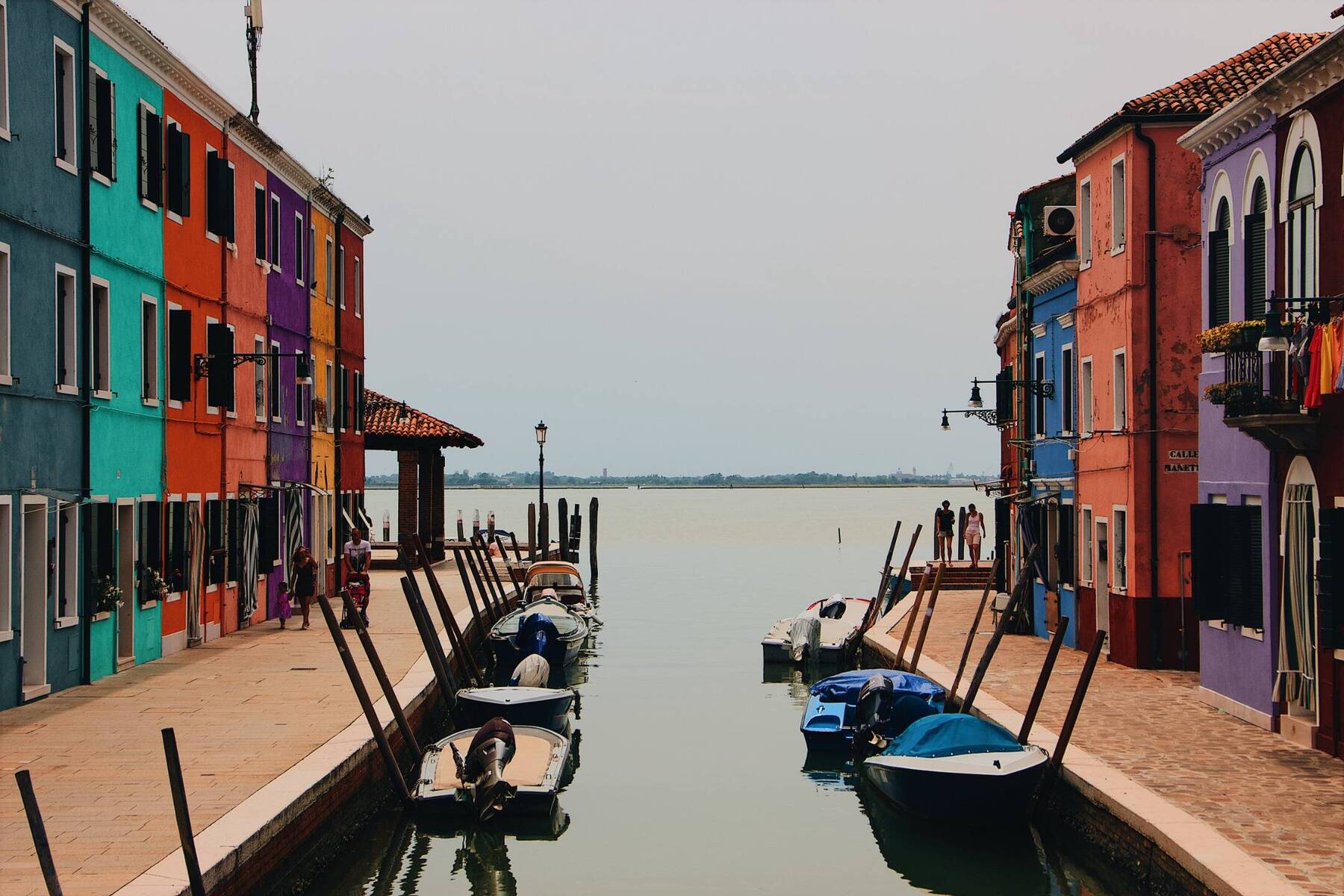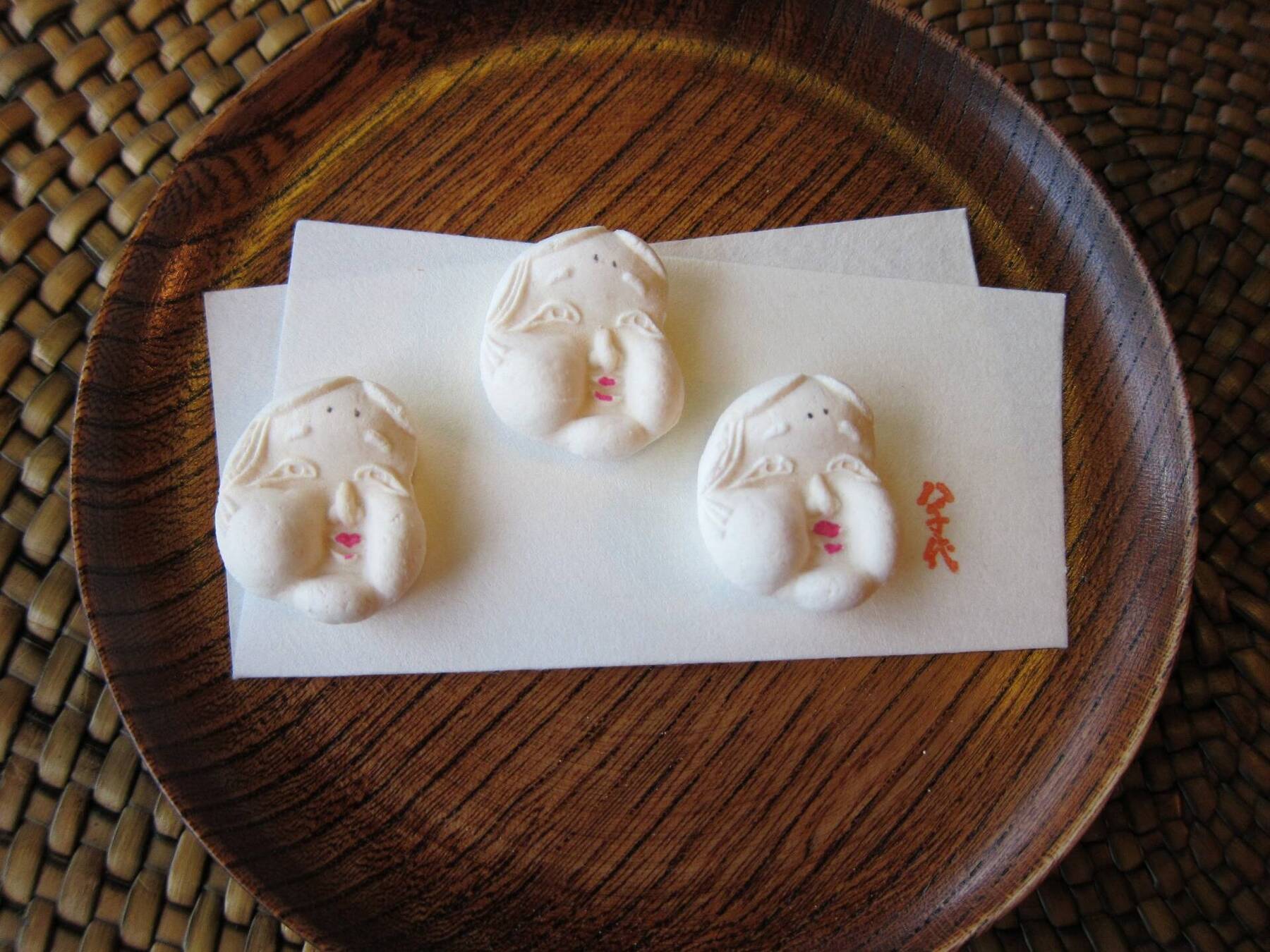Learn Glassblowing in Murano
Not far from the cobbled streets of Venice, alleyways flooding and antique palazzi crumbling, an elite squad of artisans… some would say… artists, work over dusty furnaces in stifling, fume-filled studios on the colourful little island of Murano. There they manipulate molten glass into stunning heterogeneous forms: multilayered chandeliers in striking colours with otherworldly auras, elegant vases with exquisite curves and pin-point detail, and various ornamental baubles made for the masses from molten scrag ends. Murano’s fabulous glass creations are one of Venice’s most notable exports, and today there are studios led by glass masters dotted across the island, many open to visitors, some with tours and others that are, I’m afraid to say, best avoided.
To watch a glassblower at work is quite fascinating, though it can be nothing more than a tedious sales pitch depending on the studio/ factory so be sure to choose wisely. It’s best to take the Vaporetto to Murano and ignore the touts on the canal side who in recent years have gotten pushier in their efforts to lure visitors to less than reputable glass factories, selling glass for inflated prices — often imported from China. When buying, look for the Vetro Artistico Murano stamp to ensure any purchases are authentic and where possible visit a well-known studio. Anyone not wanting to make the trek to Murano should pay a visit to Massimiliano Caldarone whose studio is not far from Rialto, where he sells his art, runs classes and performs demonstrations, or opt for Alessia Fuga’s studio on Murano for more hands-on lessons. A better option for shoppers looking for something special is Cesare Sent, born on Murano and taught his craft by two master glassblowers. His work is arresting, avant-garde and an artistic, whimsy-filled elevation from the habitually mundane pieces that one might see posed in the windows of Venetian glass shops.














Comments